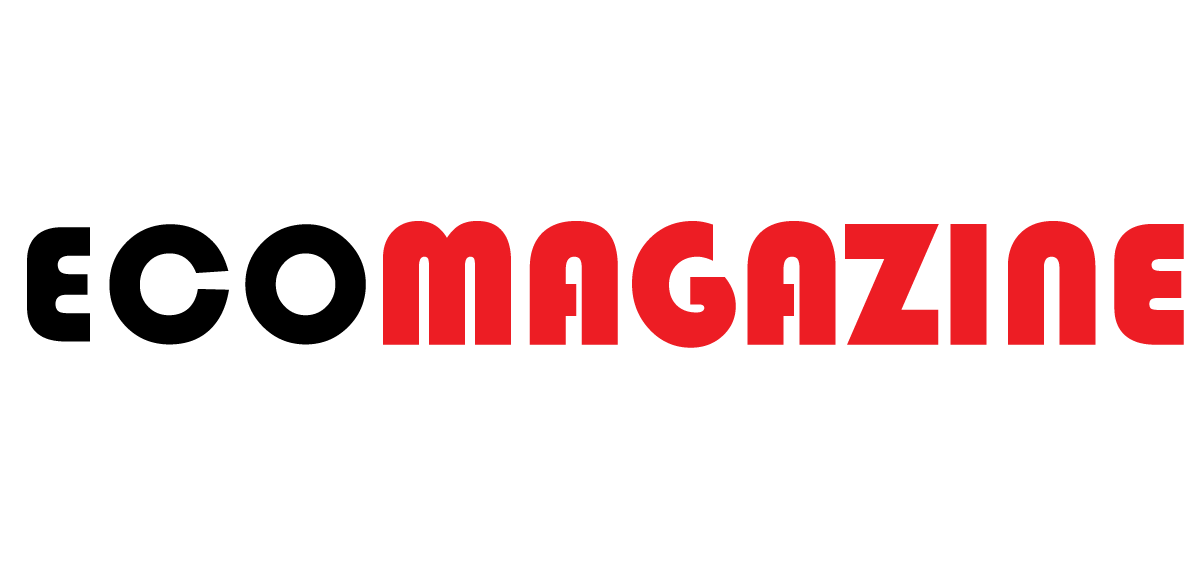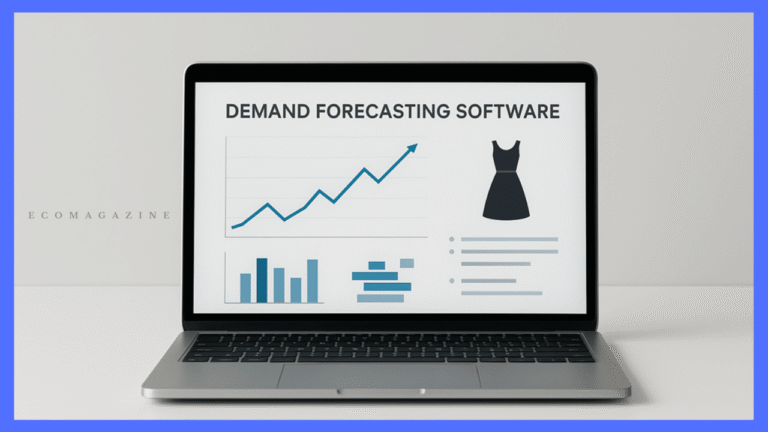The fashion industry is facing growing demands to implement sustainable practices. Innovations in technology, particularly AI, offer promising solutions by accurately predicting consumer demand, which helps reduce overproduction and waste.
As awareness of environmental impacts grows, the fashion industry is seeking innovative ways to align its operations with sustainability goals. Technology plays a crucial role in this transformation, with demand forecasting software becoming integral to reducing waste and improving efficiency. By anticipating consumer needs, brands can produce only what is necessary, minimizing their environmental footprint.
How demand forecasting is reshaping fashion
Demand forecasting in fashion is revolutionizing how brands predict and respond to consumer behavior. By integrating AI-driven tools, companies can analyze large datasets to accurately forecast trends and demands. This technology enables businesses to understand purchasing patterns and preferences with precision, allowing them to tailor their offerings to meet consumer expectations.
Beyond simple trend analysis, demand forecasting in fashion allows brands to gain deeper insights into customer preferences, identifying emerging trends before they become mainstream. By leveraging these insights, companies can strategically plan their collections, aligning production schedules with anticipated demand. This proactive approach maximizes sales potential and significantly reduces unsold inventory.
The integration of machine learning algorithms has further enhanced the capabilities of demand forecasting systems. These sophisticated tools can now process real-time data from social media, search trends, and e-commerce platforms to create dynamic forecasting models. This multi-channel approach enables fashion brands to adapt their strategies quickly, responding to sudden shifts in consumer preferences or market conditions with unprecedented agility.
Environmental benefits of demand forecasting
Efficient production cycles achieved through accurate demand forecasting lead to substantial environmental benefits. Producing only what consumers are likely to purchase drastically cuts down on overproduction, a significant source of waste in the fashion industry. This reduction in excess inventory translates into fewer discarded items, less strain on landfills, and reduced resource consumption.
Moreover, accurate forecasting enhances supply chain efficiencies by optimizing resource allocation and logistics planning. Brands can streamline their manufacturing processes, ensuring materials are used judiciously without unnecessary surplus. Such improvements contribute to a more sustainable business model that prioritizes environmental stewardship alongside profitability.
Challenges in implementing demand forecasting
While the benefits of integrating AI into demand forecasting are clear, challenges remain for many brands looking to adopt these technologies. Initial costs and the complexity of implementation can be barriers for smaller companies with limited resources. Additionally, ensuring data accuracy and security is crucial for reliable forecasting outcomes.
Brands considering these solutions must carefully weigh the potential returns against the required investments. Training staff and refining processes to incorporate AI seamlessly is essential for maximizing its benefits. As more companies share their experiences and best practices, navigating these challenges will likely become easier for newcomers.


